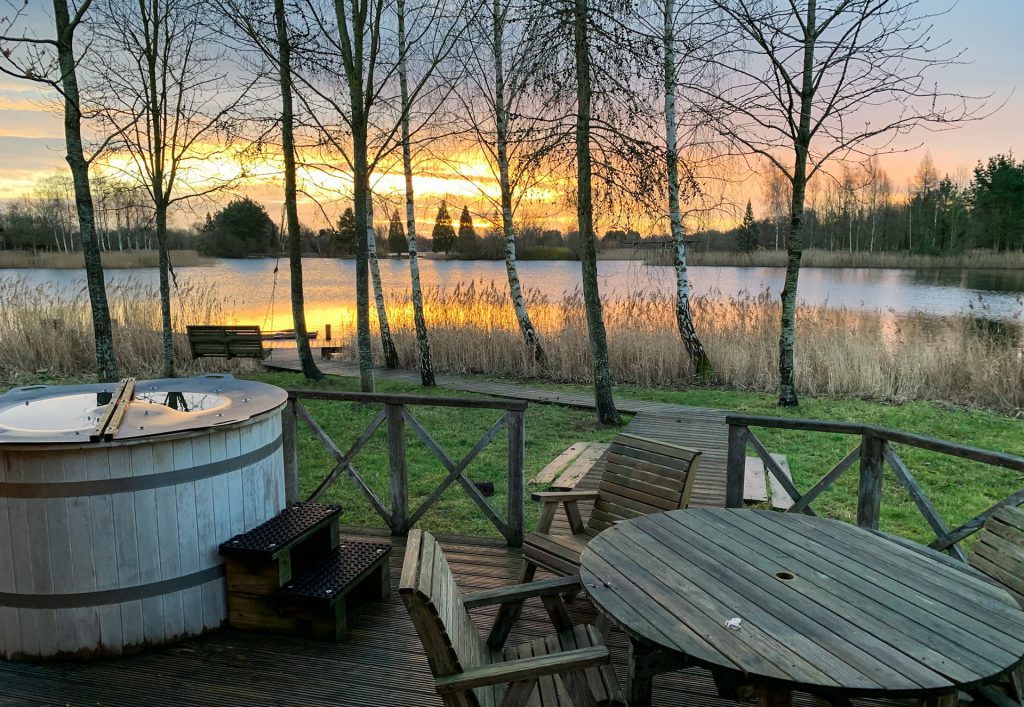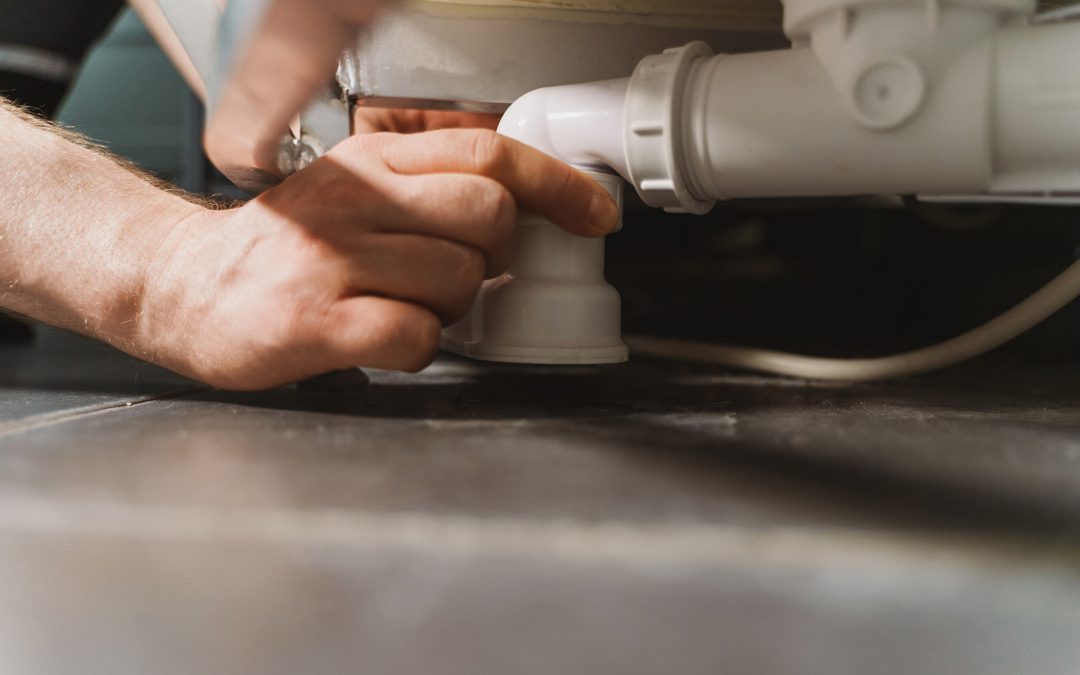Did you know that there is a right and a wrong way to get rid of your hot tub water?
Doing it the wrong way not only harms aquatic environments but can also result in large fines! In many provinces and territories, hot tub water is classified as grey water – like the water that drains from showers, bathtubs, and washing machines. Be sure to check with your municipal bylaws, provincial building codes, or your public health unit to verify the regulations in your area for the safest way to dispose of your hot tub water. Some municipalities may even have this information on their website.
Below are some general guidelines when it comes to draining a hot tub:

- Never drain the water from your hot tub directly into your lake. Hot tub water can contain many chemicals including bromine, chlorine, salt, algaecides, and nonylphenols. These can be toxic to many organisms including fish, amphibians, birds, and aquatic plants.
- Don’t drain your hot tub water directly into the street or storm sewer/drain. This water won’t receive any treatment and often makes its way to a local water body where it can be harmful to aquatic life.
- Don’t add any chemicals to your hot tub one to two weeks before you plan on draining it, and make sure to leave the cover off. This will expose chlorine and bromine to the air, allowing them to evaporate. If needed, you can use a dechlorination tablet in the hot tub water and let it sit for at least one week to help get rid of the chlorine. Running the pump to circulate the water can also help.
- Use test kits to make sure chemical levels are as close to zero as possible.
Disposing water from a chlorinated hot tub:
- Once the chemicals have been removed, drain the water onto your lawn or garden where it can be absorbed and filtered.
- Do this slowly in small batches over a few days so the water has time to soak into the ground.
- Make sure the water stays on your property and doesn’t go toward your house, or onto your neighbour’s property, the road, in a storm sewer, or near a water body.
- If it’s raining or the ground is already wet, wait until it dries up. Your hot tub water won’t absorb into the ground.
- Another option, if you are connected to a city sanitary sewer system, is to drain the water into a laundry sink or another drain that is connected to this system. This will allow the water to be treated.
Disposing water from a saltwater hot tub:
- Don’t drain water from a saltwater hot tub onto your lawn. The salt levels can kill your grass.
- One option is to have this water hauled away by a Ministry of the Environment and Climate Change-approved hauler.
- Another option is to discharge the water into the sanitary sewer system using a connection such as a laundry sink or floor drain. It’s best to do this during non-peak times.
If any hot tub water, chlorinated or salted, does go into a storm sewer, lake, stream or river, this needs to be reported to your provincial and municipal authorities.
Do your homework and check with your local officials to find out the regulations for your area.

